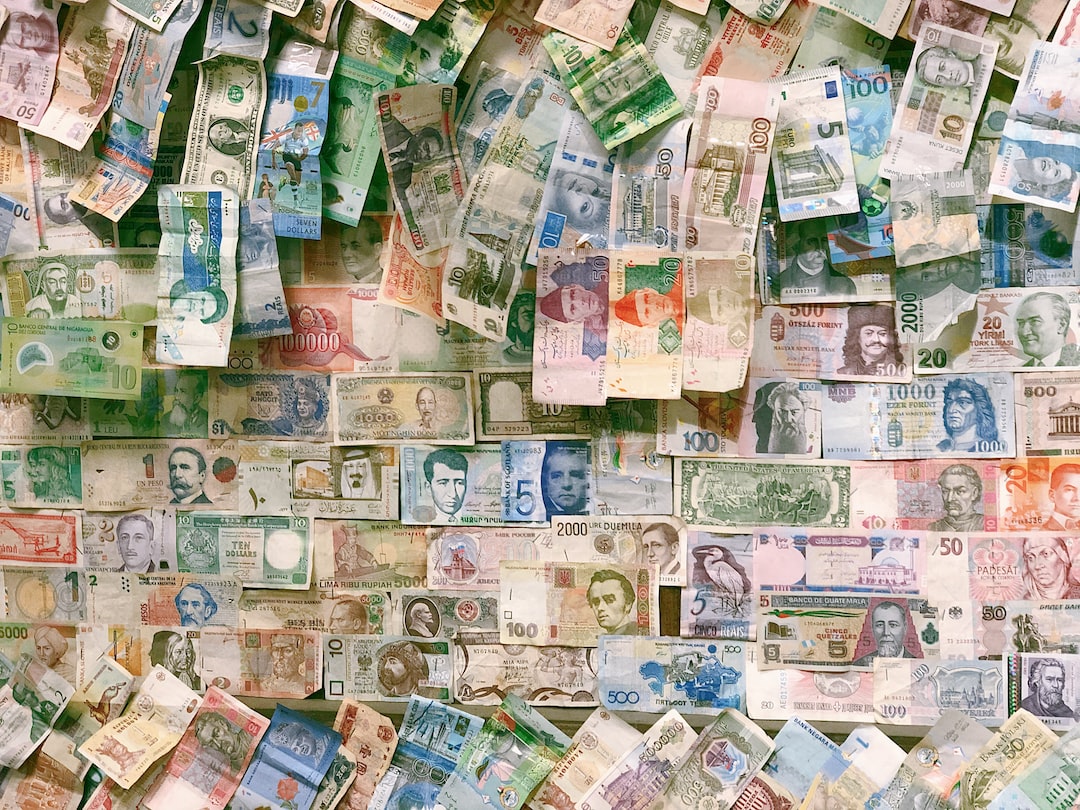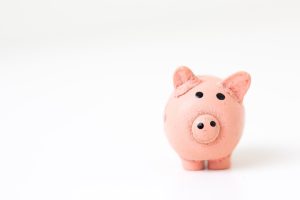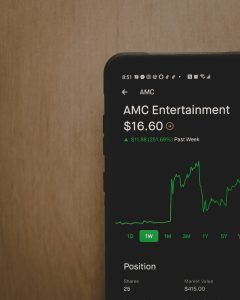Forex trading is the process of buying and selling currencies in the foreign exchange market. It is the largest financial market in the world, with trillions of dollars traded every day. Trading forex can be highly profitable, but it is also risky and requires a lot of knowledge and skill. In this article, we will explain how to trade on forex step by step.
Step 1: Learn the basics
Before you start trading forex, you need to learn the basics. This includes understanding what forex is, how it works, and the different types of currency pairs. You should also learn about the factors that affect currency prices, such as economic indicators, political events, and central bank decisions.
There are many resources available online to help you learn about forex trading. These include trading forums, blogs, and educational websites. You can also take a forex trading course or read books on the subject.
Step 2: Choose a broker
To trade forex, you need to open an account with a forex broker. There are many forex brokers to choose from, so it is important to do your research and find a reputable broker that suits your needs.
When choosing a broker, consider factors such as regulation, trading platform, spreads, and customer support. You should also check the broker’s reputation by reading reviews and feedback from other traders.
Step 3: Open a demo account
Before you start trading with real money, it is a good idea to open a demo account with your chosen broker. A demo account allows you to practice trading with virtual money, so you can test your strategies and get familiar with the trading platform.
Most brokers offer demo accounts for free, and they usually provide access to real-time market data and trading tools. You can use a demo account for as long as you need to before you feel confident enough to trade with real money.
Step 4: Fund your account
Once you are ready to trade with real money, you need to fund your trading account. Most brokers offer a range of deposit methods, such as credit card, bank transfer, and e-wallets.
It is important to only deposit what you can afford to lose. Forex trading is risky, and you should never risk more than you can afford to lose. It is also a good idea to start with a small amount of money and gradually increase your investment as you gain more experience.
Step 5: Choose a trading strategy
There are many different trading strategies you can use in forex trading. Some traders prefer to use technical analysis, which involves studying charts and indicators to identify trading opportunities. Others prefer to use fundamental analysis, which involves analyzing economic and political events to predict currency movements.
There are also many automated trading systems available, which use algorithms to trade on your behalf. It is important to choose a strategy that suits your trading style and risk tolerance.
Step 6: Place your first trade
Once you have chosen your trading strategy, you can place your first trade. This involves selecting a currency pair, deciding whether to buy or sell, and setting your stop-loss and take-profit levels.
It is important to manage your risk by setting stop-loss orders, which automatically close your trade if the price moves against you. You should also set take-profit orders, which automatically close your trade if the price reaches a certain level of profit.
Step 7: Manage your trades
Managing your trades is an important part of forex trading. This involves monitoring your open positions, adjusting your stop-loss and take-profit levels, and closing your trades when necessary.
You should also keep track of your trading performance, by recording your profits and losses, and analyzing your trades to identify areas for improvement.
Conclusion
Forex trading can be a profitable and exciting way to make money, but it is also risky and requires a lot of knowledge and skill. By following these steps, you can learn how to trade on forex and start making money in the markets. Remember to always manage your risk and never risk more than you can afford to lose.





